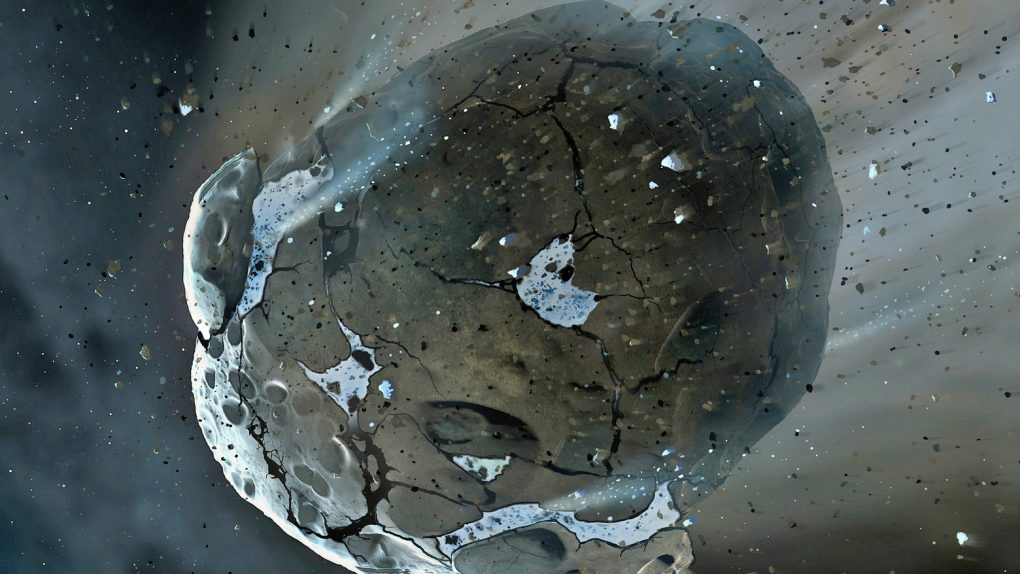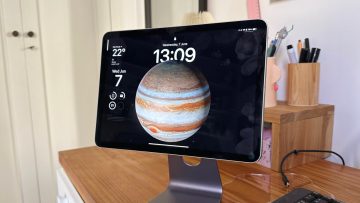Tabloids have always taken great liberty with headlines but some of the current coverage of the asteroid known as 2018 LF16 is really taking things to the next level. The near-Earth rock has been the subject of numerous headlines touting NASA’s assessment that there are 62 potential “risk trajectories” that could put it on a collision course with Earth sometime between 2023 and 2117. However, looking at the hard data paints a much less worrisome picture.
The asteroid is quite large, with an estimated diameter of over 200 meters, and if it did indeed strike our planet it would be a bad day for the planet. The good news is that there’s virtually no chance that such a thing is actually going to happen.
The real scare bait in the current coverage of the asteroid is the 62 potential trajectories that NASA has plotted that would put it on a course to impact Earth. I mean, 62 sounds like a whole bunch when you have nothing to compare it to, but take comfort in the knowledge that the odds are definitely not in the asteroid’s favor.
NASA’s models show that the actual odds of the rock affecting Earth are 1 in 30,000,000. That’s 30 million. In fact, the odds are so low that the folks who track asteroid threats have given 2018 LF16 a threat rating of 0/10. The “zero” rating is defined as “The likelihood of a collision is zero, or is so low as to be effectively zero.” A rating of 5/10 is where astronomers consider an object to be “threatening” and “certain collisions” begin at ratings of 8/10.
Now that we’ve got the odds handled let’s talk about the rock itself. 2018 LF16 is huge compared to most space rocks that appear in our neck of the woods, and while it wouldn’t necessarily be a “planet killer” it would definitely be a hazard to anyone in the area. Its force would be equivalent to the most destructive nuclear weapons created by mankind.
Again, that’s so unlikely to happen that it’s not even worth worrying about, but knowing what’s cruising around in our Solar System is always interesting.








